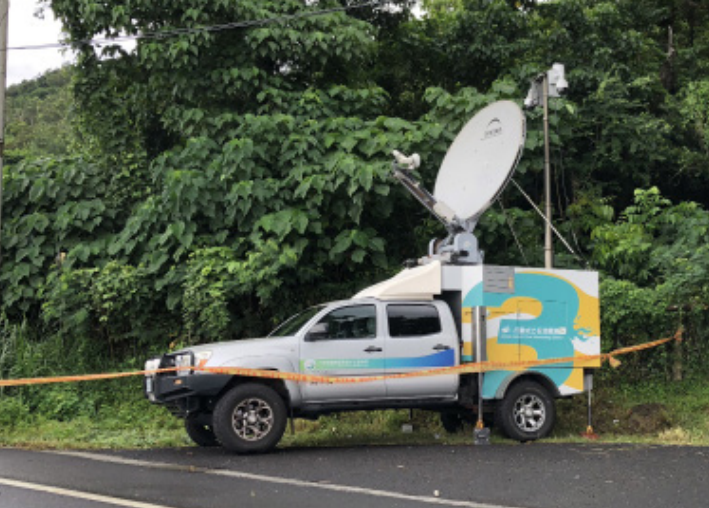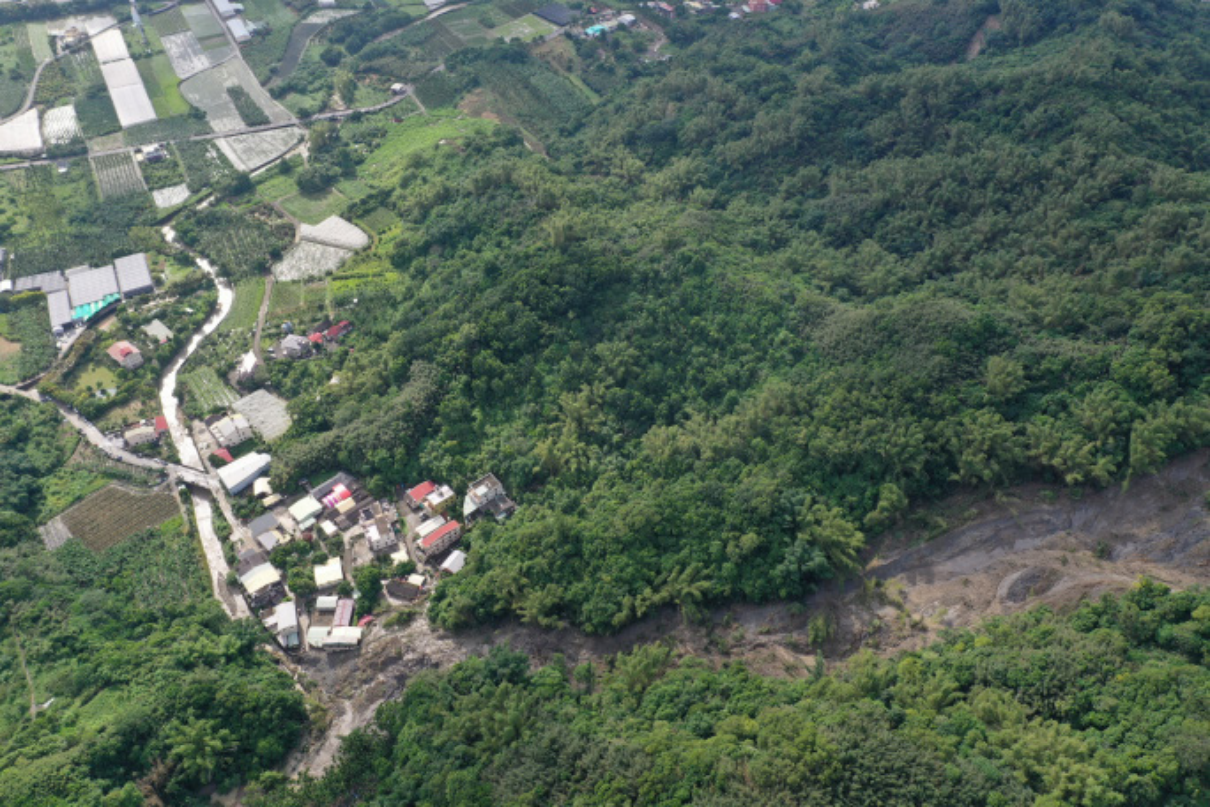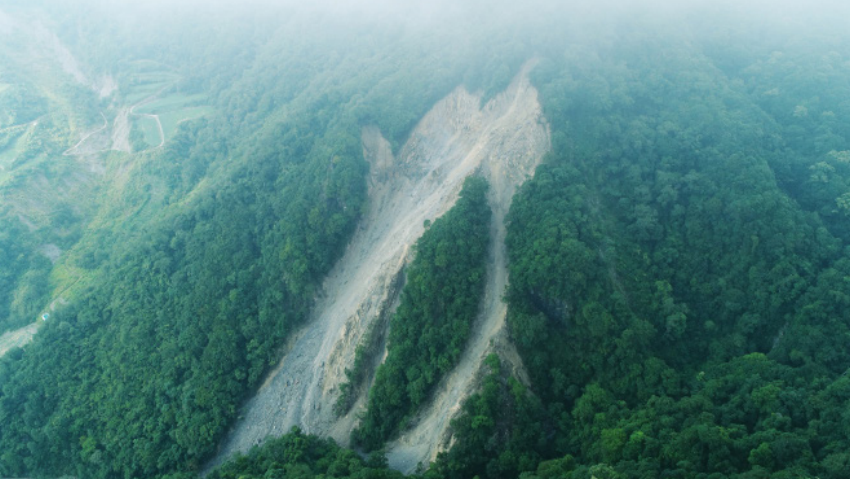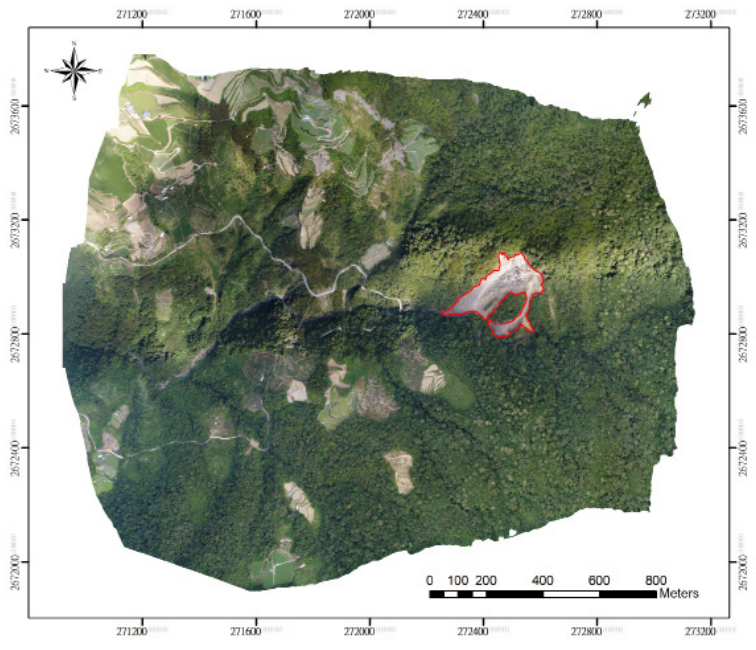Debris-flow Disaster Prevention & Response
- Update:
- Views: 904
Slopeland disaster prevention and response
⑴ Debris flow pre-disaster preparation
① Investigation and Evaluation of Potential Runoff of Debris flow
In response to the new and adjusted potential runoff of debris flows in 2018, on December 4, 2018, according to the Measures for Data Disclosure of Debris flow Disaster Potential, experts, scholars, relevant institutions and local governments were invited to attend the review meeting on the debris flow disaster potential data. After the stream evaluation results were reviewed, including the 2018 local government report and ARDSWC investigation, 6 new debris flow potential streams were added, and the total number of debris flow potential streams in Taiwan was 1,725, distributed in 17 counties (cities), 159 townships (towns, cities, districts) and 689 villages, and was published as Letter Non-Shou-Shui-Bao-Tze#1081866624 on January 16, 2019.
② Examination and Update of Debris flow Disaster Prevention and Evacuation Plan
“Debris flow Evacuation Roadmap” drawing platform of the Debris flow Disaster Preparation Management System provides local institutions in Taiwan to self-edit the debris flow evacuation roadmap of their area. The shelter area data in the system was linked with the editing functions of the “Debris flow Evacuation Roadmap”, and data maintenance functions for disaster prevention and evacuation were added to improve the emergency response capacity of governments at all levels during the debris flow disasters. The debris flow disaster prevention and evacuation plan were built, inspected and updated in this year covered 689 villages in 159 townships in 17 counties and cities, with a total population of 46,925. Besides, the electronic files of the 2019 debris flow disaster prevention and evacuation plan for each county and city were prepared for download and use by the local government.
③ Debris Flow Prevention Evacuation Drill and Publicity
● Practical drills of debris flow disaster prevention
In 2019, ARDSWC implemented the Community-based Disaster Prevention 2.0 plan and subsidized local governments to handle debris flow disaster prevention. There were 41 practical drills and 219 simulation drills. In addition, three large-scale debris flow disaster prevention demonstration drills were held in Changhua County (Locations: Changhua County Fire Department, Yuanlin Sports Park, and Tianchung Township Longchiang Hall) on April 23, Nantou County (Location: Chushan Township Momotaro Village) on April 30 and Hsinchu County (Locations: Emei Township Fuhsing Village Community Activity Center, Tianen Maitreya Temple Parking Lot) on May 30. During the Nantou drill, Deputy Director Chin-cheng Huang was specially invited to award the flag of independent disaster prevention to debris flow disaster prevention specialists, hoping to encourage disaster prevention specialists to work together to strengthen their belief in disaster prevention and protect their beloved homeland.

● Debris Flow Prevention Publicity
To strengthen the publicity of disaster prevention, since July 2019, ARDSWC has strengthened the publicity of debris flow disaster prevention in the media, and timely published the debris flow disaster prevention advertisement in the newspaper after the typhoon warning was issued. In addition, ARDSWC actively operated the fan page of Debris Flow Disaster Prevention Information Network. In 2019, 422 posts were published, with a total of 17,487 people's likes. Among them, 17 pieces of foreign disaster prevention information, 24 pieces of disaster prevention activity information, 54 pieces of activity information and 22 pieces of weather information were included in the featured posts. The total number of people involved in all the posts was 846,995, and the number of interactions was 86, 586.
⑵ Response to Debris Flow Disaster
In 2019, in response to typhoons and heavy rains, the Council of Agriculture (COA) Debris Flow Disaster Prevention Emergency Response Team was set up for 10 times, with a total of 36 days. 3,197 people were sent into emergency response operation, 692,702 emergency contacts were informed, 564 red alerts and 1,864 yellow alerts were issued. The work records of the Debris Flow Disaster Prevention Emergency Response Team and the emergency response team of the Branch and the township where the red alert for debris flows was posted are as follows.
⑶ Debris Flow Prevention and Monitoring
① Building of Debris Flow Observation Station and Attendance Recording
A total of 24 fixed sediment observation stations have been built in Taiwan, including 21 debris flow observation stations, two sediment concentration observation stations in Shimen Reservoir watershed area and one slope collapse observation station, for long-term observation of key disaster areas. In addition, to strengthen the early warning e SW nergy of debris flow disaster prevention, CB further built mobile debris flow observation stations and simple observation stations, which could be dispatched to the areas where debris flow disasters may occur according to the typhoon path and heavy rain areas. At present, there are three mobile debris flow observation stations and 17 simple debris flow observation stations available for dispatch. In order to enhance the accuracy of warning release, 63 automatic rainfall stations were built by ARDSWC by the end of 2019, so that disaster prevention information of various observation stations can be integrated into the ARDSWC debris flow disaster prevention response system, providing a reference for disaster prevention units at all levels.
The mobile observation station completed 18 attendance records in total including 4 dispatching observations and 14 on-site demonstration activities. The simple observation station completed 39 attendance records including 30 on-site demonstration activities and 9 dispatching observations.

② Aerial Photography by Unmanned Aerial Vehicle
A total of 27 aerial photography missions were carried out by unmanned vehicles in 2019. Apart from easy access to disaster areas or key control areas for video recording, unmanned vehicles focus on emergency aerial photography after heavy rain or typhoon. Relevant data were compiled on the ARDSWC Debris Flow Disaster Prevention Information Network for disaster prevention research units to download and analyze.

-

Images from side shots after the disaster in Nantou County Ren’ai Township Lihsing Village (2019/10/23) -

Orthoimages after the disaster in Nantou County Ren’ai Township Lihsing Village (2019/10/23)